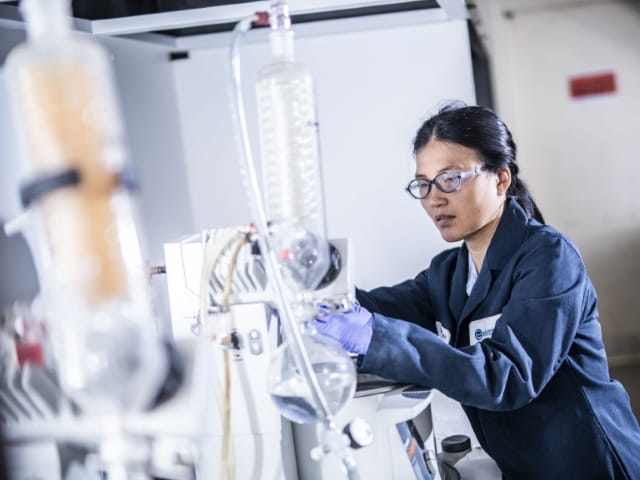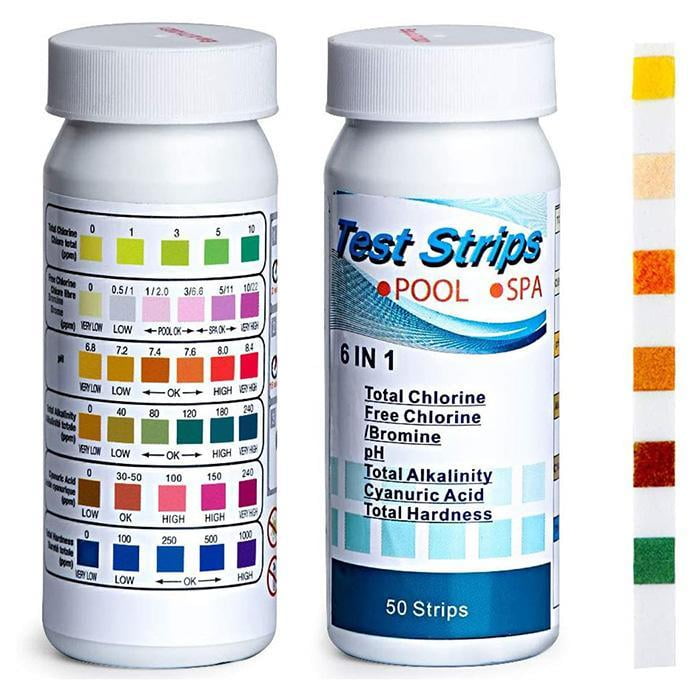
Always refer to the instructions on the product label before using any Mr Muscle. For use on windows, mirrors and other glass surfaces. Leaves surfaces with a streak-free shine. I’ve tried both and found that vinegar makes the glass streaky! Mr Muscle ® Window & Glass Cleaner with Vinegar Power is formulated to defeat tough glass messes so you can clean less and do more.
PDFINFO WATER CHEMISTRY HOW TO
What You’ll Need… 1 Cup Water 1/2 Cup Rubbing Alcohol 2-3 Drops Dawn Dish Soap Empty Spray Bottle How To Make DIY Glass Cleaner Spray Combine all ingredients in the empty spray bottle, shake, and get ready to spray! Note: Some recipes use vinegar instead of rubbing alcohol.It is easy to do really, there may be a bit of work at the beginning (cycling stage) of the system but once everything is cycled (this simply means all the needed bacteria have been established in your system). The ideal temperature range would be between 77-86 F (25-30 C), for the nitrifying bacteria to flourish.Īchieving a water chemistry balance in any aquaponics system is important to the health of your plants and fish. This is because nitrifying bacteria slow down their processes in cold water, and many fish eat less or can even die if the temperature drops too low. It’s crucial to keep this in check if you experience high temperature fluctuations where you live. The goal here is to strike a 80% saturation or not less than 4 ppm. This can be resolved in the design stage of your system or simply adding an aeration pump to your set-up. Low DO can suffocate your fish.Ī good aeration system would solve this problem. The colder the water the more oxygen the water can hold. DO can also be impacted by the water temperature. Is the oxygen content in your aquaponics system and it’s essential to the health of your fish.


That’s why it is important to monitor how your fish behave at any given range. The type of fish you choose also plays a part here in terms of their tolerance nitrate level. As for nitrates, a range of between 40-80 ppm is acceptable. Try to keep ammonia of less than 1ppm and nitrite at or below 1ppm. You want to control your ammonia and nitrite of not exceeding 6 ppm as this is toxic to your fish. Too many beginners make this mistake and end up throwing in the towel unnecessarily. Ok…so, remember don’t beat yourself up over the ph levels. It will eventually creep back to its original pH and you will be fighting a losing game. This is because it’s difficult to maintain a manipulated pH. It is always advisable to leave the pH alone and get the fish and plant that suite your natural water pH. Nevertheless, I do not recommend purposefully reducing or increasing the water pH. Generally, a pH of between 6.0-8.0 is acceptable though an ideal pH for aquaponics is 7.0. This reading will tell you how much nutrient is available for your plants to uptake, and can also warn you if your fish are in danger. You should keep a close eye on the pH of your system. One way to look at it is, fish produce plant food, and plants produce clean fish water. This step completes the process of removing what would otherwise be toxic ammonia produced by fish from the water in a way that is beneficial to other organisms – plants, all while recycling the same water in the system.

Nitrate is plant food and is consumed by plants in aquaponics systems. They will naturally come to flourish as long as ammonia is present (no need to add them to an AP system). Both these bacteria are ubiquitous in the environment. The nitrite will then be converted into Nitrate by Nitrobacter bacteria, and Nitrate is the nutrients that plants love to grow on. There is no need to review or memorize any formulas here, but you should understand the basic process and what makes your aquaponics system work.įirstly, aquaponics systems get their ammonia from fish excrement, this ammonia however, is converted into Nitrite by Nitrosomonas bacteria. Now, don’t get al l worried by the words “water chemistry”.


 0 kommentar(er)
0 kommentar(er)
